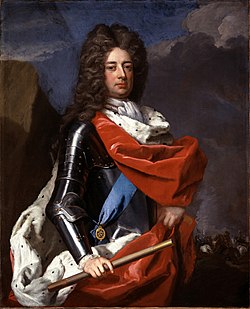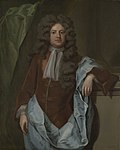July – August 1702 | |||||||||||||||||||||||
All 513 seats in the House of Commons 257 seats needed for a majority | |||||||||||||||||||||||
|---|---|---|---|---|---|---|---|---|---|---|---|---|---|---|---|---|---|---|---|---|---|---|---|
| |||||||||||||||||||||||

The 1702 English general election was the first to be held during the reign of Queen Anne, and was necessitated by the demise of William III. The new government dominated by the Tories gained ground in the election, with the Tory party winning a substantial majority over the Whigs, owing to the popularity of the new monarch and a burst of patriotism following the coronation. Despite this, the government found the new Parliament difficult to manage, as its leading figures Godolphin and Marlborough were not sympathetic to the more extreme Tories. Contests occurred in 89 constituencies in England and Wales.




